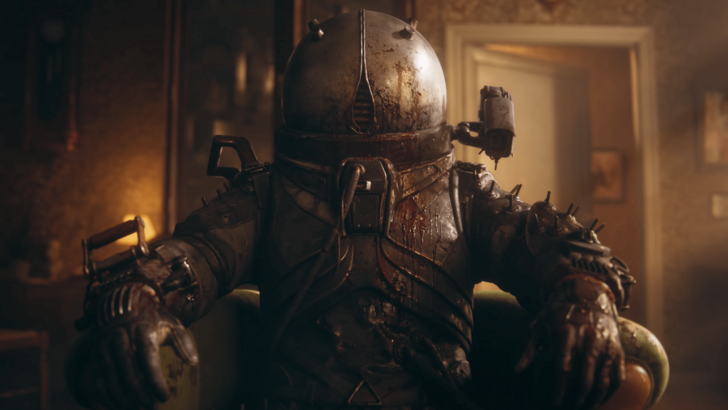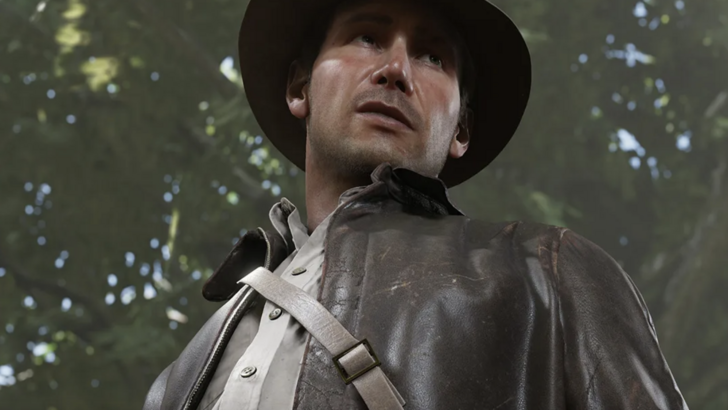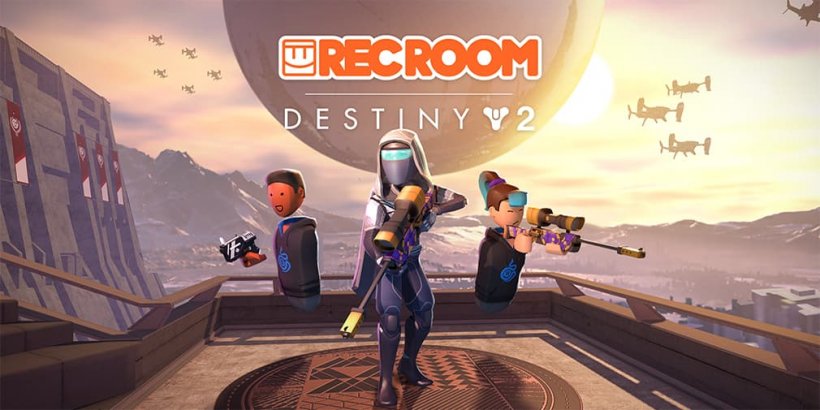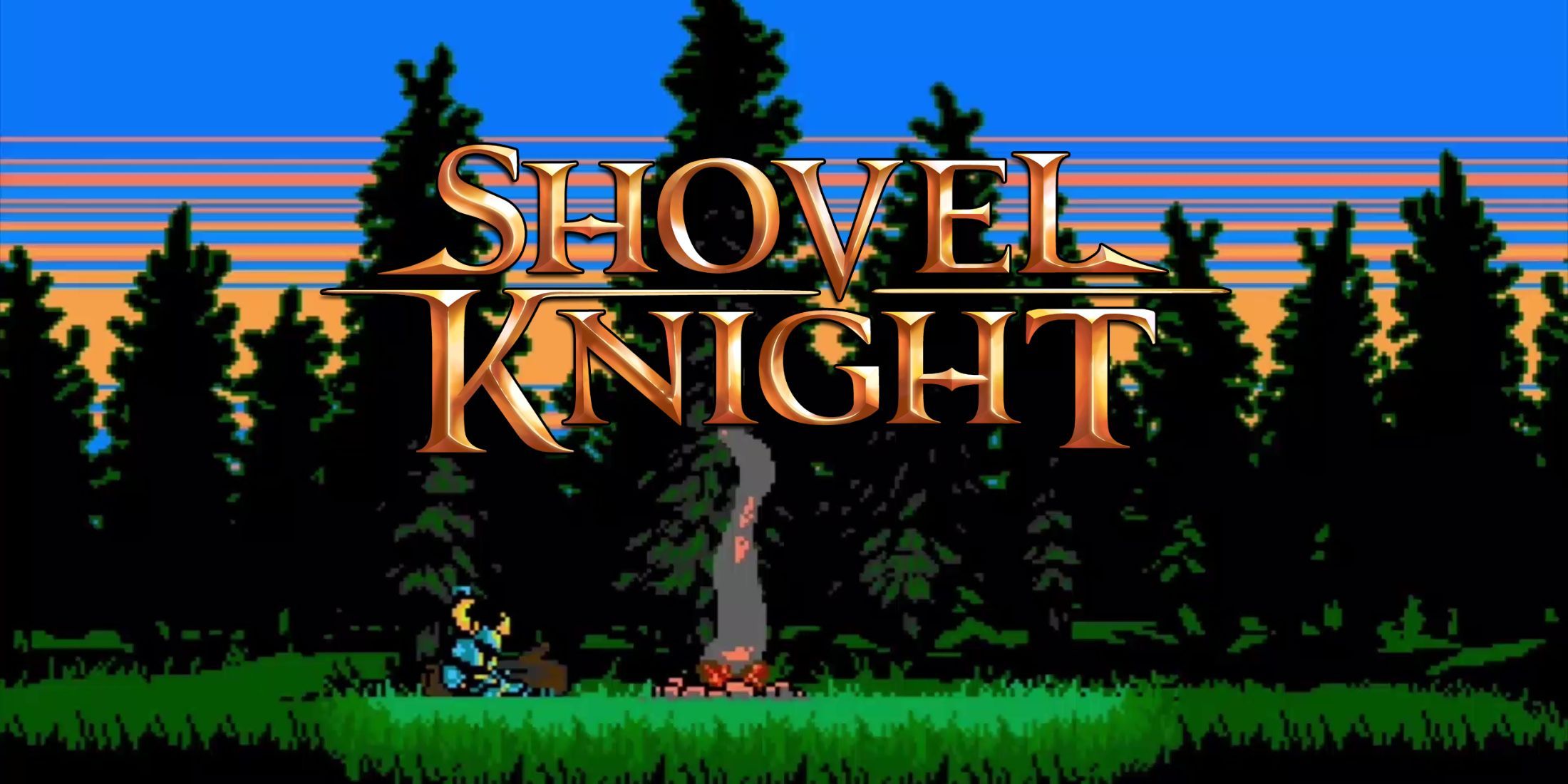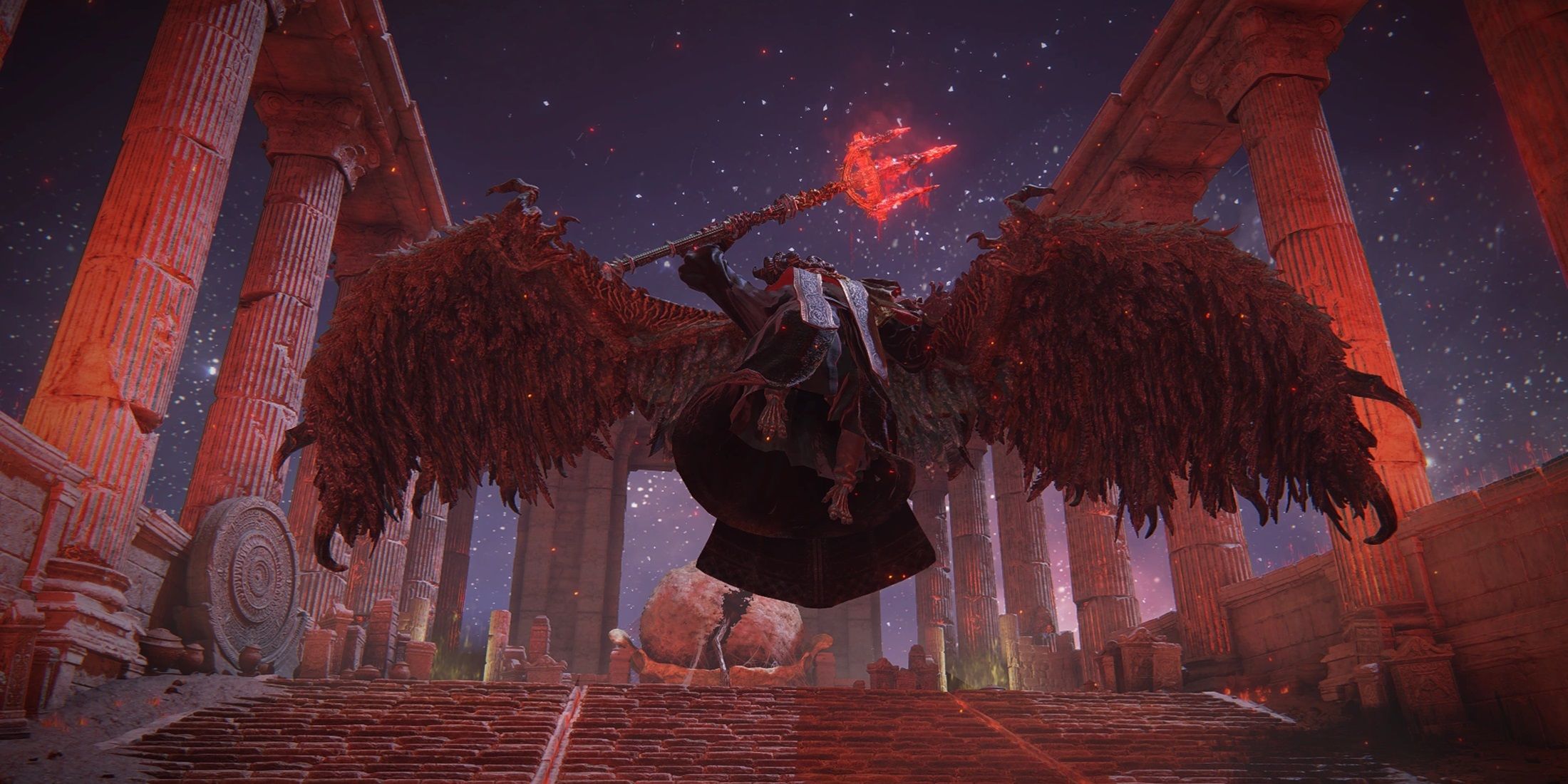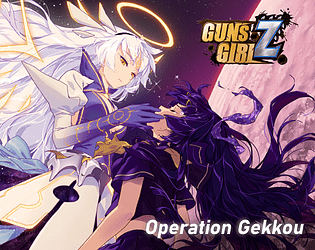When I first played Doom: The Dark Ages, I never imagined it would evoke memories of Halo 3. Yet, during a hands-on demo with id Software’s gothic prequel, I found myself riding a cyborg dragon and unleashing a barrage of machine gun fire at a demonic battle barge. After taking out its defensive turrets, I landed my beast on the ship and stormed through its lower decks, reducing the crew to a bloody mess. Moments later, I burst through the hull, back onto my dragon, and continued my onslaught against the machines of Hell.
Fans of Bungie's iconic Xbox 360 title will recognize the similarities to Master Chief's assault on the Covenant’s scarab tanks. The Hornet has been replaced by a holographic-winged dragon, and the laser-firing mech by an occult flying boat, but the essence of the experience remains: a thrilling aerial assault followed by a fierce boarding action. Interestingly, this wasn't the only Halo-like moment in the demo. While The Dark Ages retains Doom's signature combat, its campaign design echoes the elaborate cutscenes and gameplay variety of late-2000s shooters.
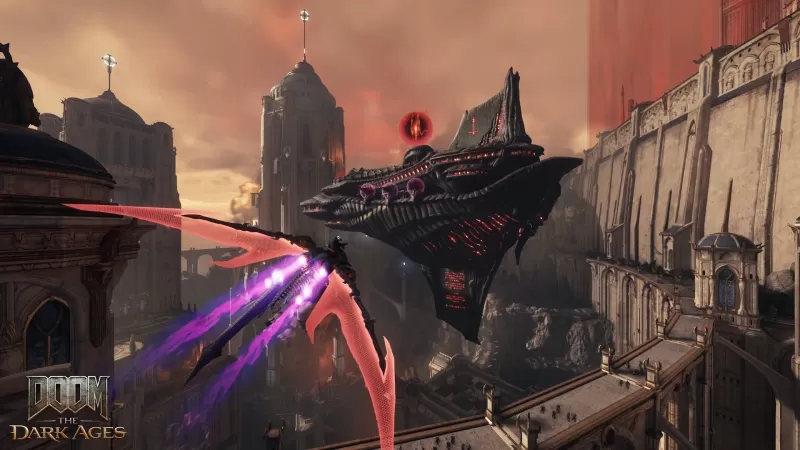 Over the course of two and a half hours, I experienced four levels of Doom: The Dark Ages. The opening level mirrored the tightly designed gameplay of Doom (2016) and its sequel. However, the subsequent levels introduced me to piloting a colossal mech, flying the dragon, and navigating a vast battlefield filled with secrets and powerful minibosses. This shift marks a departure from Doom’s traditional focus on mechanical purity, instead resembling the scripted setpieces and novelty mechanics found in games like Halo, Call of Duty, and even old James Bond titles like Nightfire.
Over the course of two and a half hours, I experienced four levels of Doom: The Dark Ages. The opening level mirrored the tightly designed gameplay of Doom (2016) and its sequel. However, the subsequent levels introduced me to piloting a colossal mech, flying the dragon, and navigating a vast battlefield filled with secrets and powerful minibosses. This shift marks a departure from Doom’s traditional focus on mechanical purity, instead resembling the scripted setpieces and novelty mechanics found in games like Halo, Call of Duty, and even old James Bond titles like Nightfire.
This new direction for Doom is intriguing, especially considering the franchise once rejected a similar path. The cancelled Doom 4 was poised to mimic Call of Duty with its modern military aesthetic and emphasis on characters and cinematic storytelling. id Software ultimately scrapped those ideas for the more focused Doom (2016). Yet, here we are in 2025, with The Dark Ages bringing them back to life.
The campaign's fast pace is interspersed with innovative gameplay elements that echo Call of Duty's most memorable moments. My demo began with a lengthy, cinematic cutscene reintroducing the world of Argent D'Nur, the opulent Maykrs, and the Night Sentinels, the Doom Slayer's knightly comrades. Portrayed as a terrifying legend, the Slayer is depicted as a nuclear-level threat. While this lore is familiar to dedicated Doom fans, its cinematic presentation feels fresh and reminiscent of Halo. The presence of NPC Night Sentinels throughout the levels adds to the sense of being part of a larger force, much like Master Chief leading the UNSC Marines.
The introductory cutscene delves into character development, raising questions about whether Doom truly needs this depth. Personally, I preferred the subtler storytelling of the previous games, conveyed through environment design and codex entries. However, the cutscenes in The Dark Ages are well-placed, setting up missions without disrupting the game's intense flow.
Yet, other elements do interrupt the gameplay. Following the opening mission, which blends shotgun combat with parrying Hell Knights using the Slayer’s new shield, I found myself in the cockpit of an Atlan mech, battling demonic kaiju. Then, I was soaring on the cybernetic dragon, attacking battle barges and gun emplacements. These tightly scripted levels introduce significant gameplay shifts, akin to Call of Duty's iconic sequences like the AC-130 gunship mission in Modern Warfare or the dogfighting in Infinite Warfare. The Atlan feels slow and heavy, while the dragon is fast and agile, offering a very different experience from classic Doom.
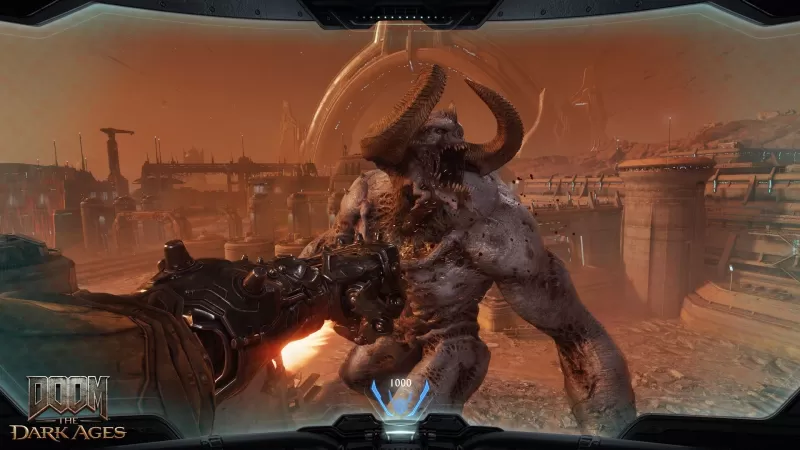 Variety in FPS campaigns can be a strength, as seen in classics like Half-Life 2 and Titanfall 2. Halo's enduring appeal partly lies in its mix of vehicular and on-foot sequences. However, I'm uncertain about this approach for Doom. The Dark Ages retains the complex, attention-demanding gunplay of its predecessors, but the mech and dragon sections feel less engaging, almost like on-rails sequences or QTEs.
Variety in FPS campaigns can be a strength, as seen in classics like Half-Life 2 and Titanfall 2. Halo's enduring appeal partly lies in its mix of vehicular and on-foot sequences. However, I'm uncertain about this approach for Doom. The Dark Ages retains the complex, attention-demanding gunplay of its predecessors, but the mech and dragon sections feel less engaging, almost like on-rails sequences or QTEs.
In Call of Duty, switching to a tank or gunship feels natural because the gameplay complexity is similar to on-foot missions. In contrast, The Dark Ages highlights a stark difference between gameplay styles, making the transition feel jarring. While Doom's core combat remains the highlight, even the thrill of a rocket-powered mech punch can't compete with the satisfaction of wielding a double-barreled shotgun.
My final hour of play introduced a level called "Siege," which refocuses on id's exceptional gunplay but expands the level design into a vast battlefield. The objective of destroying five Gore Portals echoes Call of Duty's multi-objective missions, yet it also evokes Halo's contrast between interior and exterior environments. This larger space challenges players to rethink weapon ranges, use charge attacks to cover great distances, and employ the shield against artillery from tank cannons.
Expanding Doom’s playspace can lead to a loss of focus, as I experienced some backtracking and empty pathways that disrupted the pace. Integrating the dragon into this level, similar to Halo's Banshee, could have maintained momentum and made the dragon feel more integral to the gameplay.
Despite the overall shape of the campaign still being a mystery, it's fascinating to see The Dark Ages revive and reinterpret ideas once deemed unsuitable for the series. The cancelled Doom 4 featured scripted setpieces and vehicle scenes, much like the Atlan and dragon sections in The Dark Ages. Marty Stratton from id Software confirmed in 2016 that Doom 4 was more cinematic and story-driven, resembling Call of Duty. Now, The Dark Ages incorporates boarding action setpieces, lush cinematics, a broader cast of characters, and significant lore reveals.
The question remains: were these ideas always a bad fit for Doom, or did they just seem wrong when they mimicked Call of Duty too closely? I share the skepticism of fans wary of a "Call of Doom," but I'm also excited to see id Software potentially succeed with this approach by integrating it into the modern Doom formula.
At its core, The Dark Ages is defined by its visceral, on-foot combat. Nothing in the demo suggested this would change, and everything I played confirmed it's another brilliant evolution of Doom’s essence. While this alone could carry the campaign, id Software has other ambitions. Some of the new ideas feel mechanically thin, raising concerns about whether they will enhance or detract from the experience. As we await the full release on May 15th, I'm eager to return to id's unmatched gunplay and see if Doom: The Dark Ages will be a cohesive late-2000s FPS campaign or a disjointed one.

 Related Articles
Related Articles
 Oct 24,2025
Oct 24,2025
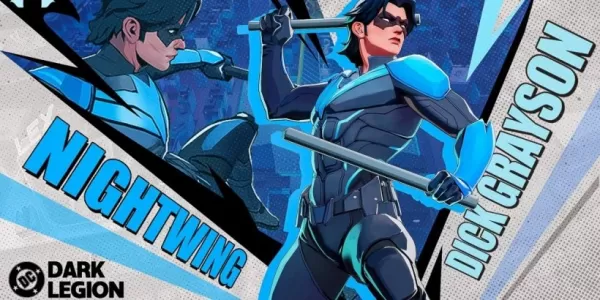

 Latest Downloads
Latest Downloads
 Downlaod
Downlaod




